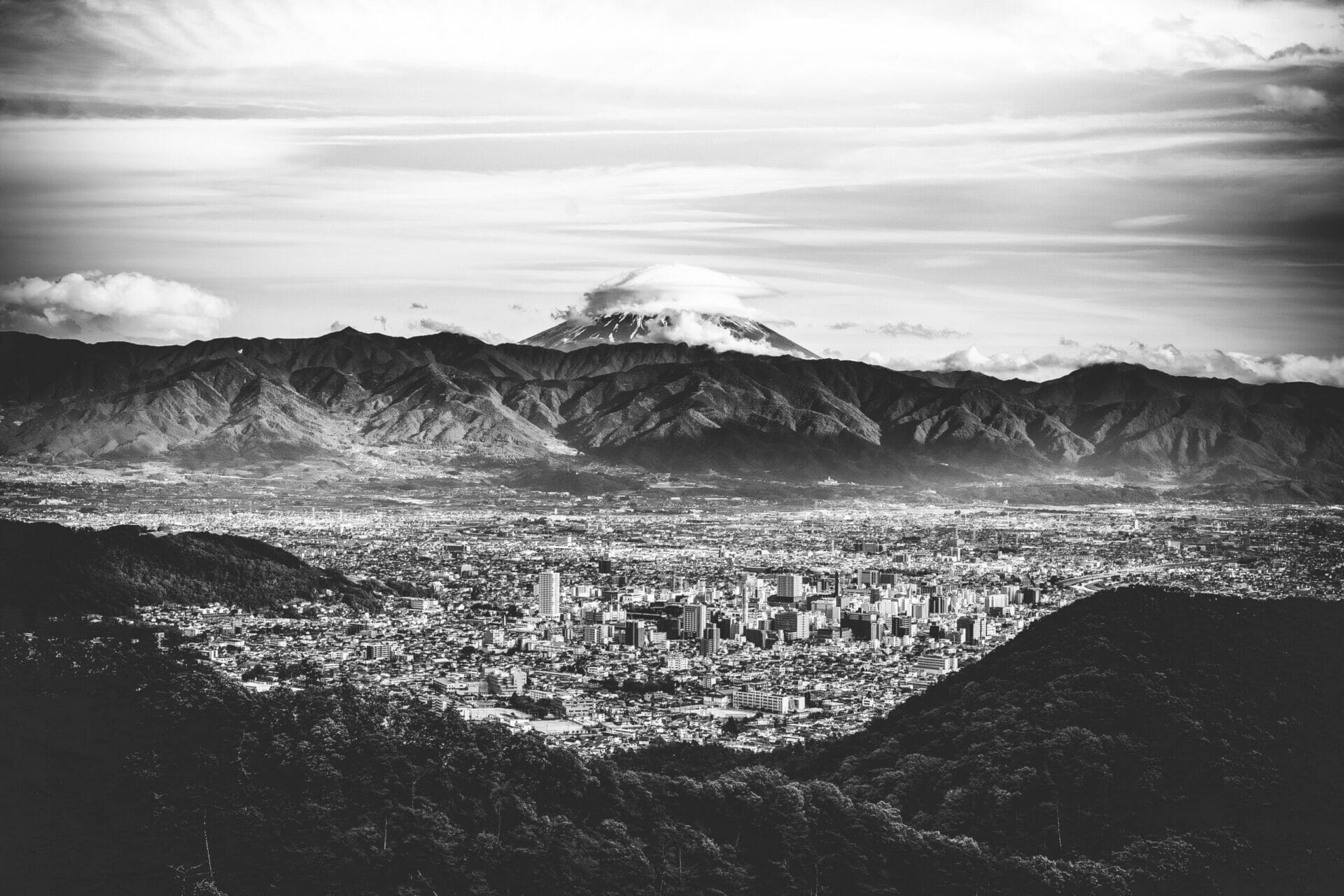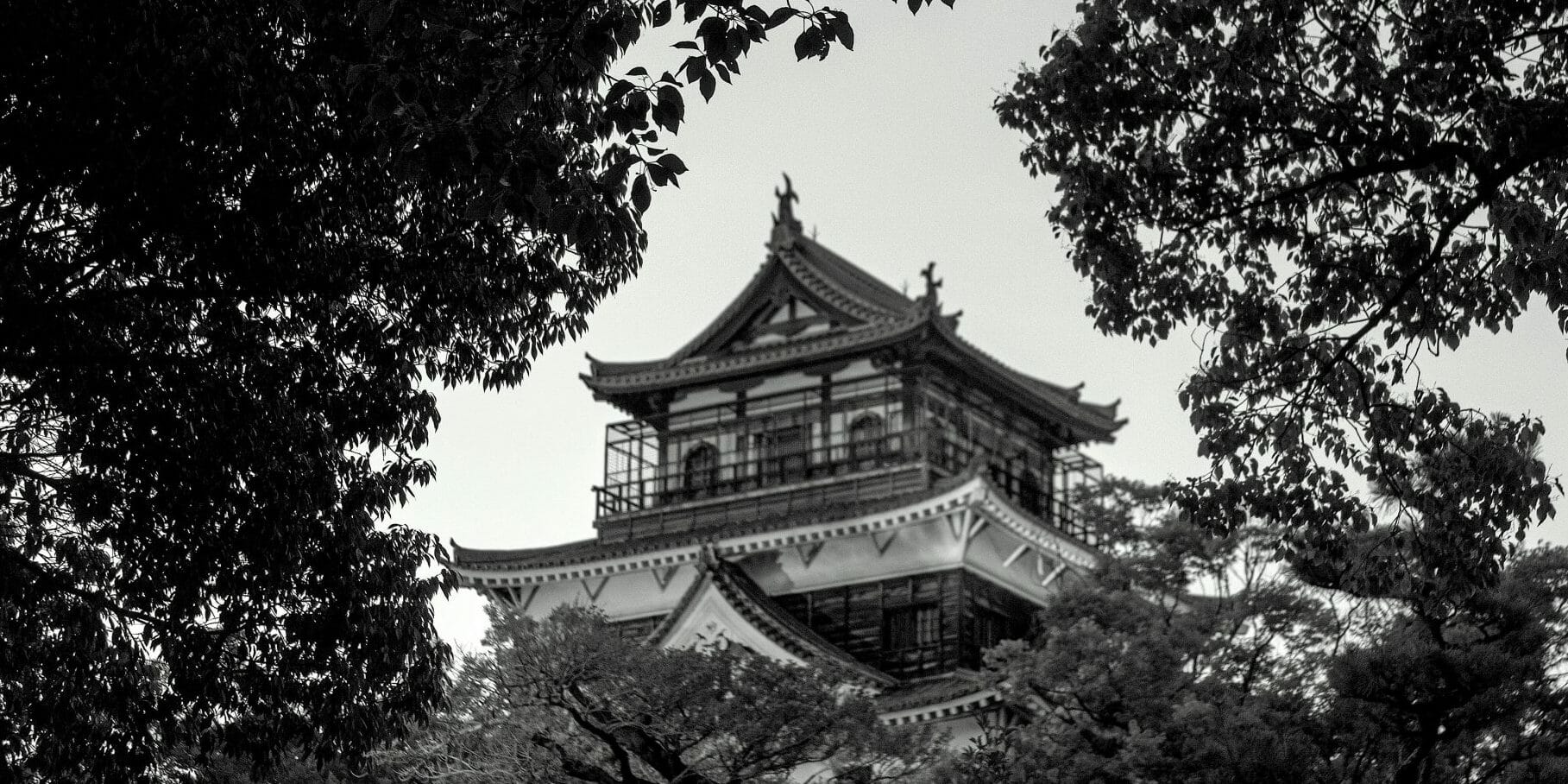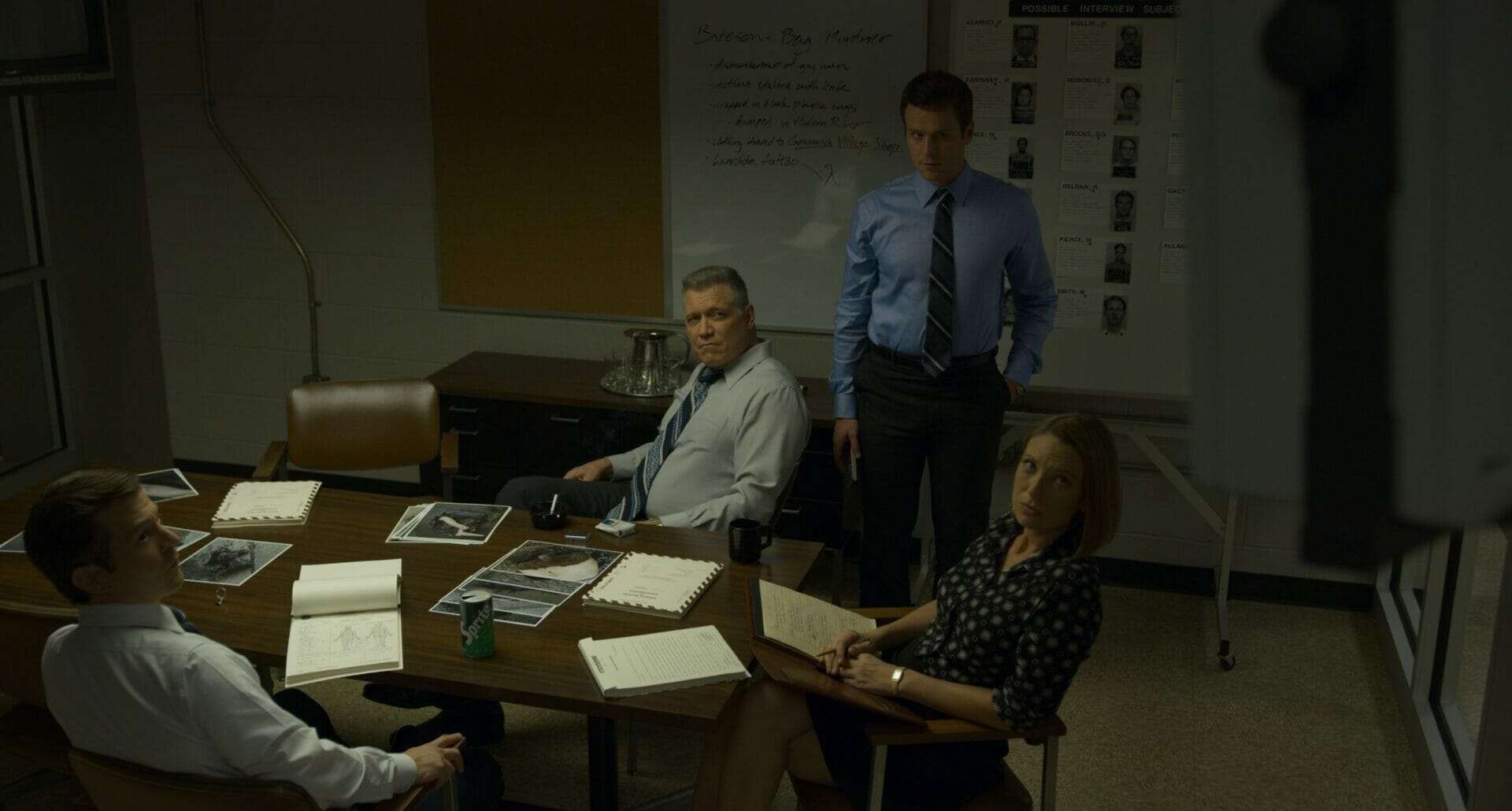
High and Low | Investigating Crime and Social Classes
Year
Runtime
Director
Production Designer
Music by
Country
Format
While many are familiar with Japanese director Akira Kurosawa for his historical stories of honor and samurai, his filmography spans far beyond that. Among movies with contemporary settings such as Ikiru (1952), his 1963 movie High and Low (Tengoku to Jigoku) penetrates deep into a social phenomenon that translates and transcends to every country in the world. Drawing inspiration from the novel King’s Ransom: An 87th Precinct Mystery by American author Evan Hunter (published under the pseudonym Ed McBain), this procedural thriller explores the dichotomy between rich and poor, bringing the two face to face in an engaging drama that investigates both sides of the coin.
The kidnapper’s mistake
On the verge of executing a plan to buy out the shoe company he has worked for all his life, Kingo Gondo (Toshirō Mifune) receives a phone call. A man claims to have kidnapped Gondo’s son and demands an expensive ransom. The abducted child, though, is not the right boy: it is Shinichi (Masahiko Shimazu), the son of Gondo’s chauffeur. The kidnapper still demands the money, and Gondo, with the help of the police and the advice of his wife (Kyōko Kagawa), must decide whether to give up on his financial plan in order to rescue another man’s child.
While the first part of the story takes place in the elevated and wealthy house of the Gondo family, it then moves to the busier and poorer grounds of ordinary people. The police put in motion a plan to catch the kidnapper (Tsutomu Yamazaki) that leads them through rainy streets, a shelter for drug addicts, and the criminal’s accomplices’ house.
Social examination disguised as a thrilling police story
High and Low meets and exceeds everything a thriller and police crime movie should have. From tense action scenes based on visual gimmicks to ingenious plans and coordinated executions, it does not feel as long as it is. At the same time, however, Kurosawa manages to give a penetrating depiction of the differences between the rich and the poor, their viewpoints on life, and the consequences of both excesses. High and Low is a work still capable of evoking meaningful reflections on contemporary life and society: a theme often considered in Oriental movies.
While many other considerations on the poor lifestyle in Japan of the last century can be found in the works of Yasujirō Ozu, in more recent times the first director who comes to mind is South Korean Bong Joon-ho. His 2003 movie Snowpiercer is a fast-paced, post-apocalyptic action narrative that physically divides social classes into different carriages of a train. Bong Joon-ho himself then directed Parasite, a globally acclaimed dramedy involving two families, one extremely wealthy and the other extremely poor, who are getting involved with one another. Both movies are thematically analogous to High and Low, despite their lighter tone, partly because of the schematic way they use to separate the two extremes of social class.
Visual rigor and pink smoke
If social commentary and escalating pace are not enough, High and Low is a masterclass in framing and shot composition. This is especially visible in the first third of the movie, where Kurosawa uses the rigid, straight lines of the Japanese house to craft a precise and schematic directing style that mirrors both the nature of the plot and Gondo’s temperament. This use of geometry and blocking allows Kurosawa to create visual tension and hierarchical relationships; much like he would later use the opposite, chaotic movement of the hand-held camera to dilate the bullet train sequence.
Although he would later direct several color movies, such as the renowned Ran (1985), Kurosawa chose to shoot High and Low in black and white, like his earlier works. However, it must be said that it is not all in black and white, as in one of the policemen’s stratagems to catch the kidnapper, they trick him into destroying a bag that spreads pink smoke when burned. In a surprising scene, the smoke rising far beyond the window of the big house is actually pink: the only colored element in the movie. An artifice we also find in many later movies, most notably the girl’s red coat in Steven Spielberg‘s Schindler’s List.
In the Yokohama of High and Low, as an essay on the movie by Geoffrey O’Brien for The Criterion Collection suggests, the appearance of smoke also marks the shift in the movie from the higher to the lower grounds, or from heaven to hell, in a story in which dualism is fundamental.
From heaven to hell
The exceptional visual density of High and Low involves a double perception: every frame can be apprehended in terms both of the weightless, two-dimensional surface of a delicately composed painting and of the three-dimensional arena in which heavy bodies move and contend with reckless energy.
High and Low: Between Heaven and Hell by By Geoffrey O’Brien, The Criterion Collection
In the abundance of possible metaphors that High and Low allows, none is as limpid as the spatial separation of the story arena into what we can identify as “heaven and hell“, which is also the translation of the movie’s original title (Tengoku to Jigoku). While its significance is clear, this metaphor may seem inappropriate for a director so apparently rooted in his Japanese culture. But Akira Kurosawa is in truth one of the most externally-influenced Far East filmmakers of his time. Many of his stories about honor and the samurai are, not surprisingly, adaptations from Shakespeare and Dostoevskij.
Thus, in spite of the personal experience that Kurosawa instills in his work, it is easy to see High and Low not so much as a social critic on his contemporary Japan, but rather of society worldwide. The amount of characters, each with their own standpoint, and the purity of Kurosawa’s cinematic language make this police story one that not only appeals, but can speak to everyone on either side of the heavenly spectrum.
Tag
Buy a ☕ for Hypercritic









